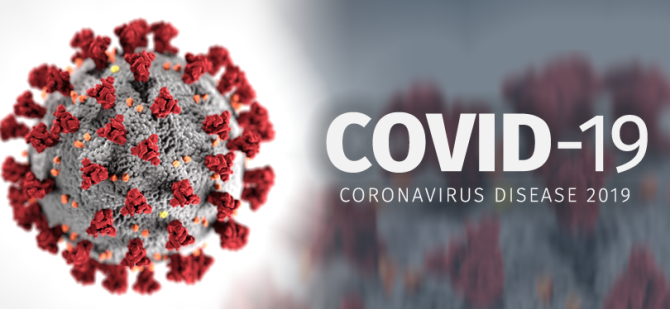Rumours make rounds about COVID-19 pandemic

By A Staff Reporter
Kathmandu, Mar. 29: The coronavirus has been the centre of public attention for the past several weeks and now with the nation under a lockdown and three new cases being discovered in the country (till the time of writing this report) within a week, Nepalis are more concerned than ever about the disease.
But a rise in public concern often breeds a rise in a paranoia. And this paranoia leads people to believe in unverified rumours and fabrications. Some of these rumours are silly exaggerations that have little bearing on the lives of people, but some are malicious and can cause hysteria and have adverse effects on people’s health and safety.
Therefore, with public welfare in mind, The Rising Nepal fact checked five pieces of supposed “information” about the current COVID-19 pandemic that have been doing the rounds on social media and have proven popular among the people.
The coronavirus is manmade (False)
This is a popular conspiracy theory, not just in Nepal but across the world. But the paper “The proximal origin of SARS-CoV-2” published in the journal Nature Medicine on March 17 conclusively states that the virus is not manmade.The authors of the paper analysed the public genome sequence of the coronavirus and compared it to other related viruses and found that it was a product of natural evolution, not human engineering.
Then how did it originate? Well, the paper states the virus evolved to its current pathogenic state through natural selection in a non-human host, most probably bats, and then jumped to humans through an intermediary. Or, it also hypothesises the virus was non-pathogenic in non-humans, jumped to a human host and then became pathogenic.
It can spread through surfaces (Mostly true)
A study published in the database medRxiv, a pre-print server for Health Sciences, on March 11 suggests that the coronavirus may survive for up to three hours on airborne droplets, 24 hours on soft porous surfaces (like paper) and three days on hard shiny surfaces (like glass, plastic or steel). So, does this mean that touching contaminated surfaces can spread the disease?
“Not necessarily,” said Dr Sameer Mani Dixit, director of research at the Centre for Molecular Dynamics Nepal. “The survival of a virus on any particular surface depends on a variety of factors and the study’s data should not be taken as a blanket conclusion,” said Dixit, who added, “The transmission of the virus also depends on something called the viral load i.e. quantity of virus on the surface.”
But the virus does have the ability to spread through shared surfaces and, in a disease like COVID-19, this possibility must be taken seriously. So, it is a good idea to disinfect such surfaces and wash our hands every time we touch them.
Vitamin C keeps the virus at bay (False)
There is no evidence showing that vitamin C could help prevent COVID-19. Some studies show that Vitamin C does help reduce the severity of the flu or the common cold, but no such link has been established in case of COVID-19. So, in order to minimise the chances of contracting the virus, it is best to take preventative measures suggested by the World Health Organisation (WHO) like social distancing and handwashing.
Taking hot water baths kills the coronavirus (False)
This rumour gained so much traction that the WHO actually had to put it up on its website and dispel it. Doctors say that our body temperature never rises above 37°C regardless of the temperature of our bath (the temperature needs to be 57°C or higher to kill the virus). So, the only thing pouring immensely hot water on your body will do is burn you.
Chloroquine and Azithromycin can cure COVID-19 (Untested)
These two medicines gained a lot of attention after US President Donald Trump tweeted about their effectiveness against the coronavirus. And a study in France does back his claim. But that study only looked at 36 COVID-19 patients, which, according to America’s Food and Drug Administration (FDA), is too small to make a claim.
“Any potential cure will have to undergo rigorous clinical trials in thousands of participants,” the FDA said. So, this claim is, so far, unproven and must be taken as false.
Recent News

Do not make expressions casting dout on election: EC
14 Apr, 2022
CM Bhatta says may New Year 2079 BS inspire positive thinking
14 Apr, 2022
Three new cases, 44 recoveries in 24 hours
14 Apr, 2022
689 climbers of 84 teams so far acquire permits for climbing various peaks this spring season
14 Apr, 2022
How the rising cost of living crisis is impacting Nepal
14 Apr, 2022
US military confirms an interstellar meteor collided with Earth
14 Apr, 2022
Valneva Covid vaccine approved for use in UK
14 Apr, 2022
Chair Prachanda highlights need of unity among Maoist, Communist forces
14 Apr, 2022
Ranbir Kapoor and Alia Bhatt: Bollywood toasts star couple on wedding
14 Apr, 2022
President Bhandari confers decorations (Photo Feature)
14 Apr, 2022











